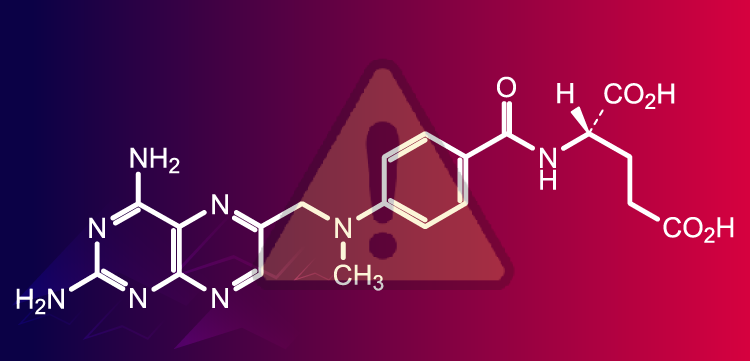
DUISBERG, Germany-High-dose chemotherapy (with colony stimulating factor support) significantly increased complete remission rates in advanced Hodgkin’s disease in a German randomized trial reported by Heinrich Gerhartz, MD, at the annual meeting of the American Society of Hematology.













































































